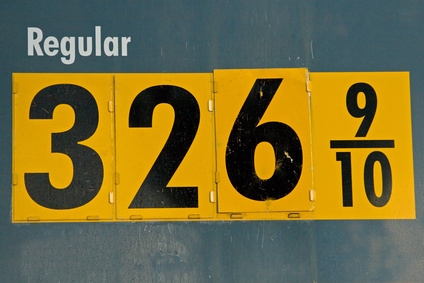
Alcohol gas, also known as ethanol or ethyl alcohol, has been in use for decades. In fact, Henry Ford built the first Model T to run on ethanol, but the oil companies had other ideas. With the rise in gas and oil prices, ethanol is making a comeback. Car manufacturers make cars that run on E85 -- a fuel that is 85 percent ethanol. There are also ways to modify current vehicles to run on pure ethanol. Ethanol is something that can be made at home, with the right permits and equipment. It is important to note that ethanol is toxic, although it is an active ingredient in other spirits.
File Form 5110.74 with the Alcohol and Tobacco Tax Trade Bureau. This is the permit that allows for homemade ethanol to be produced. Check with local city and state governments to see if additional permits are required. The still itself cannot be in a residence or in a building attached to a residence for safety reasons. Additional reports are required on a yearly basis, whether ethanol was made or not.
Gather the ingredients to make ethanol. The boiler section of the still should be able to hold 100 gallons of grain, water, enzymes and yeast. For instance, 350 pounds of grain, 40 gallons of water and 91 grams of alpha amylase will fit nicely in a 100-gallon boiler. This will also result in a 18.5-gallon yield of ethanol.
Crush the grain in a mill to the consistency of rough ground flour. It is not necessary to mill it into a refined flour state. Let availability determine grain choice. If corn is in good supply, use corn. However, other grains can be used, such as rye, barley, soybeans or wheat.
Mix the crushed grain with water and the alpha amylase. Boil this concoction for 20 to 30 minutes. The enzyme in combination with the temperature of boiling kills off any bacteria that may be present. Add 180 grams of glucoamylase when the time is up. The glucoamylase breaks down long chains of starch sugars into something the yeast can eat more quickly, speeding up the fermentation process.
Add yeast and let the mixture ferment. The yeast feeds on the sugars and becomes the base for making ethanol. At this point, it will smell like a brewery. Separate the alcohol from the mixture by running it through a still.
Filter the ethanol from the still through carbon and store it in the glass jars. The ethanol can be mixed with gasoline to make E85, or it can be used as is in a car that has been converted to run on alcohol gas.